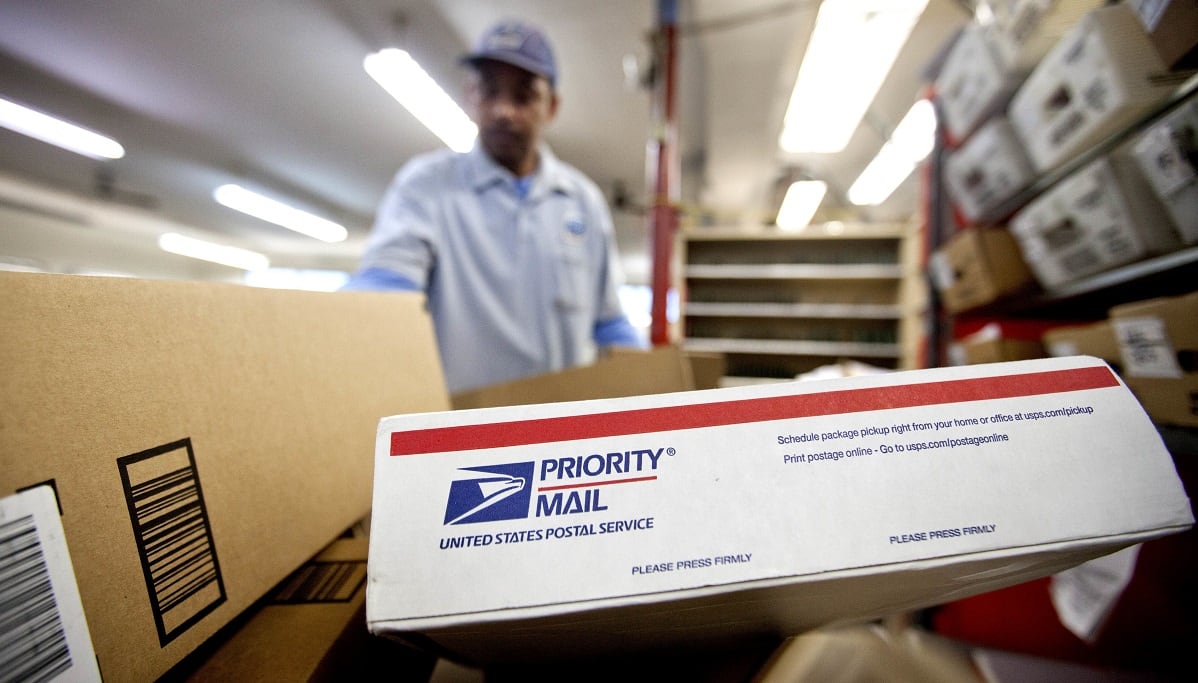As the number of packages from online orders increase, the U.S. Postal Service may face increasing overtime hours as its sorting facilities and mail carriers take longer to process and deliver those packages.
A July 3 USPS Office of Inspector General Report examined the impact of increased e-commerce packages in the South Florida District and found that the number of overtime hours increased noticeably between 2016 and 2017.
“Strong consumer demand for goods purchased over the internet has driven growth in the package market despite otherwise declining mail volume. This growing package segment provides the U.S. Postal Service an opportunity to expand services and increase revenue,” the USPS OIG report said.
“The South Florida District’s package volume increased from 116.6 million in fiscal year 2016 to 131.8 million in FY 2017, an increase of 13.7 percent. This growth is a direct result of eCommerce, Sunday package delivery and grocery delivery services.”
RELATED

However, this increased package volume also resulted in only 61 percent of mail carriers returning by 6 p.m., the USPS goal for all city carriers to return from deliveries. Some of the mail carriers in South Florida District returned as late as 10 p.m.
The district’s overtime work hours increased nearly 13 percent from 2016 to 2017 and its penalty overtime hours, those hours that exceed standard overtime based on labor relation agreements, increased by over 74 percent.
The overtime and penalty overtime work hours resulting from the late returns cost the district approximately $21 million annually.
President Donald Trump has frequently claimed that the USPS is being scammed out of billions of dollars by the online retail giants whose packages they deliver; however, the increasing costs through overtime hours stem more from management and infrastructure issues, according to the report.
The OIG report found that late and improperly mixed mail, improper reporting, inaccurate data on mail delivery routes and vehicle breakdowns contributed to the late returns from deliveries.
As a result of late mail arrivals at the processing and distribution centers, the report found that the district’s carriers often had to wait longer in the office for their packages to be ready or had to start deliveries without all their packages and arrange to pick up the rest later in the day.
Management at the delivery units also told the OIG that they were instructed not to report late mail in the designated fields of the district’s two reporting systems. In addition, city delivery routes had not been updated to reflect increased package volumes.
Delivery vehicle breakdowns, and a lack of excess vehicles to replace those that broke down in the middle of routes, also contributed to slowdowns, as carriers said they sometimes had to sit on their route for up to two hours waiting for a tow truck to pick up their broken-down vehicle.
“One manager informed the OIG they schedule a certain number of routes open with no assigned carrier because no vehicles were available for the routes. In addition, management stated it was not uncommon to send two carriers in the same vehicle to deliver one route together and when one route is completed, they would deliver the other carrier’s route. Also, delivery personnel at one unit stated vehicle break downs were such an issue, they purchased their own supplies to repair tires,” the report said.
An OIG report released June 28 found that a majority of the USPS vehicle fleet countrywide is decades old, and the agency may not have the $821 million per year in funds needed for the next 10 years to replace them.
Reports on USPS mail carriers in the Bay-Valley District in August 2017 and the Los Angeles District in September 2016 found that increasing e-commerce was similarly driving up the numbers of carriers staying out on deliveries past the 6 p.m. target, though to a lesser extent than in South Florida.
That overtime cost the Bay-Valley District $15.2 million annually and the Los Angeles District $27.3 million annually.
Jessie Bur covers federal IT and management.
In Other News




